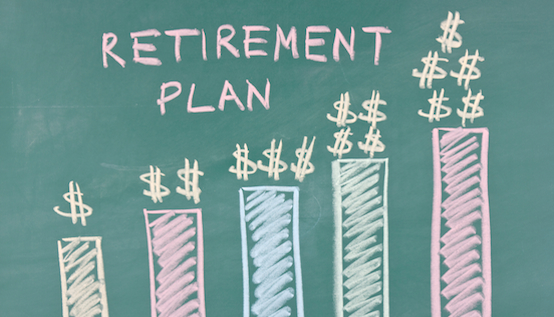Rental properties can provide a steady source of income in retirement, but it’s not an effortless investment.
Real Estate Rents Can Fund Your Retirement Share on XThe process starts by making a down payment in the range of 20-to-30% on an investment property. Next comes the recurring expenses: mortgage, taxes, landlord-specific insurance policies, repair and maintenance costs, and any unexpected expenses, such as legal fees stemming from a problem tenant.
With all of that, it could take years to start generating a stable cash flow. Knowing the rent to ask for is critical. Charging too much makes tenants hard to find; charging too little leaves an income shortage. The rent must cover your expenses, provide a reasonable return, and be competitive within the local market.
Besides financial obligations, landlords have many other responsibilities. Legally, they must abide by all local, state and federal laws pertaining to rental housing, even if they don’t understand them. Landlords must be available round-the-clock, and they must maintain a safe, clean and habitable property. That means there must be running water, electricity, plumbing, a sound structure, and no rodents.
Finally, finding reliable tenants can be tough. Realtors and agents can help, as can a property manager who also takes care of the property for you.
The bottom line is investing in real estate has risks and tax implications, just like investing in the stock market. It’s best to consult with a qualified professional before and during your tenure as a landlord.
–INVESTOPEDIA

